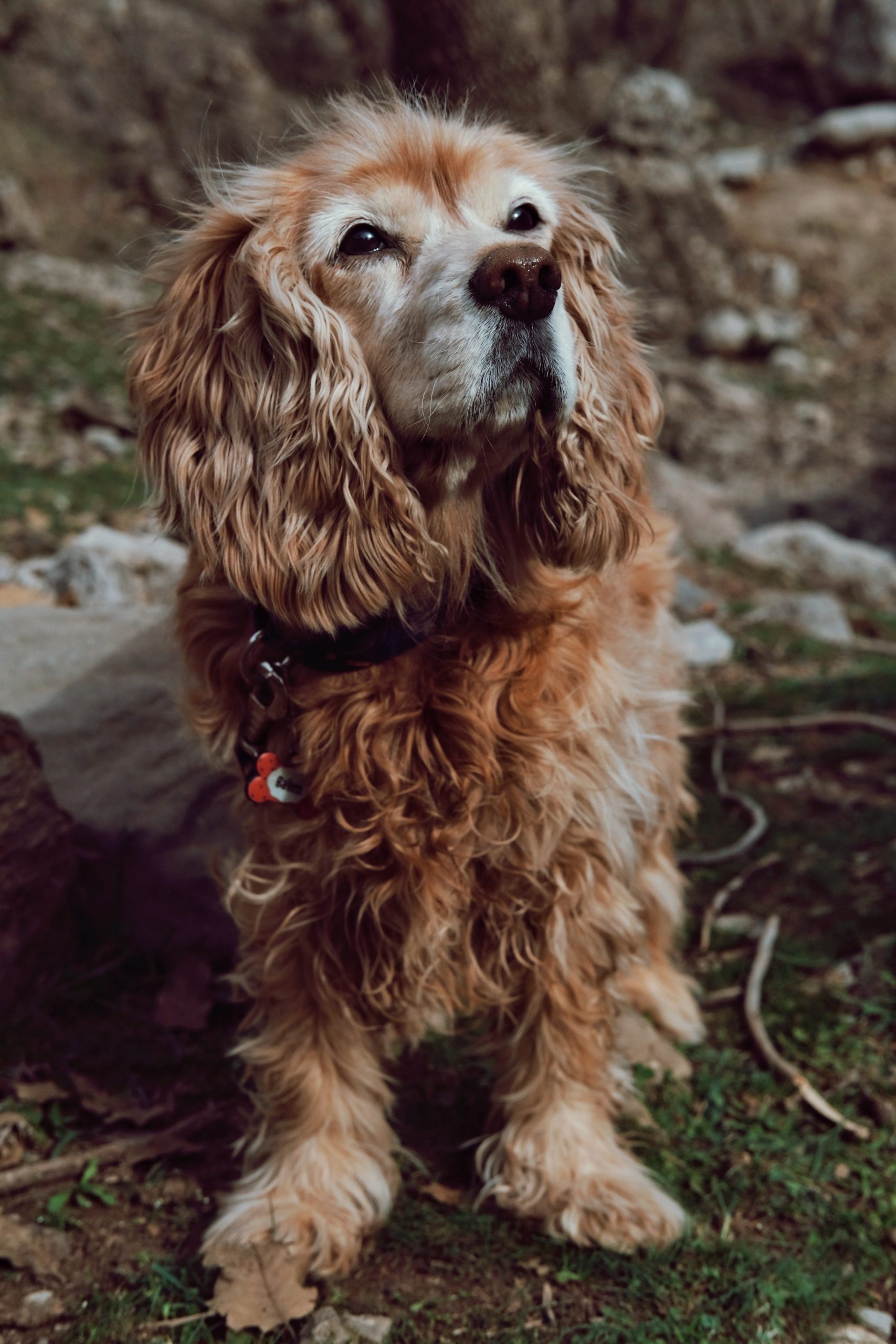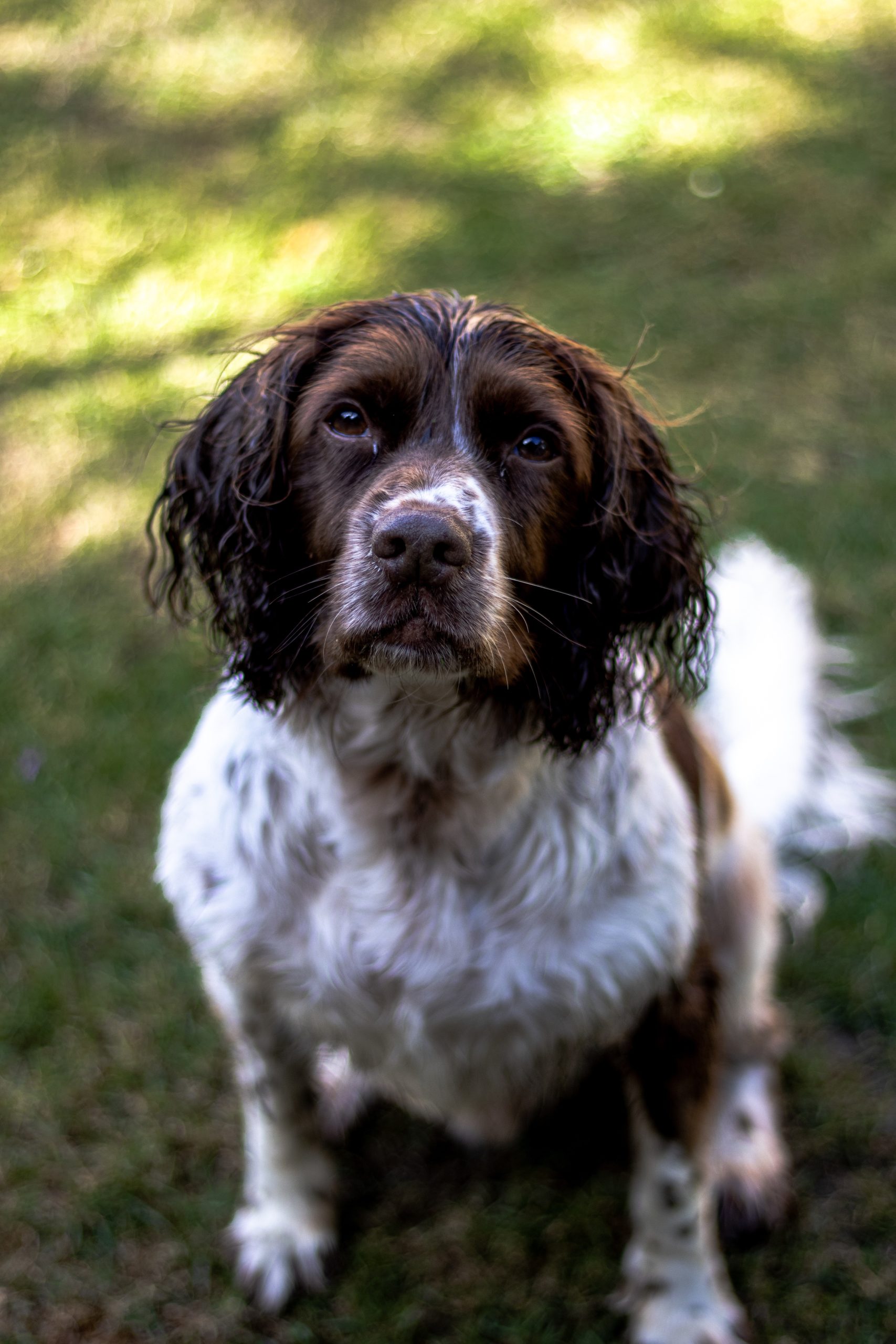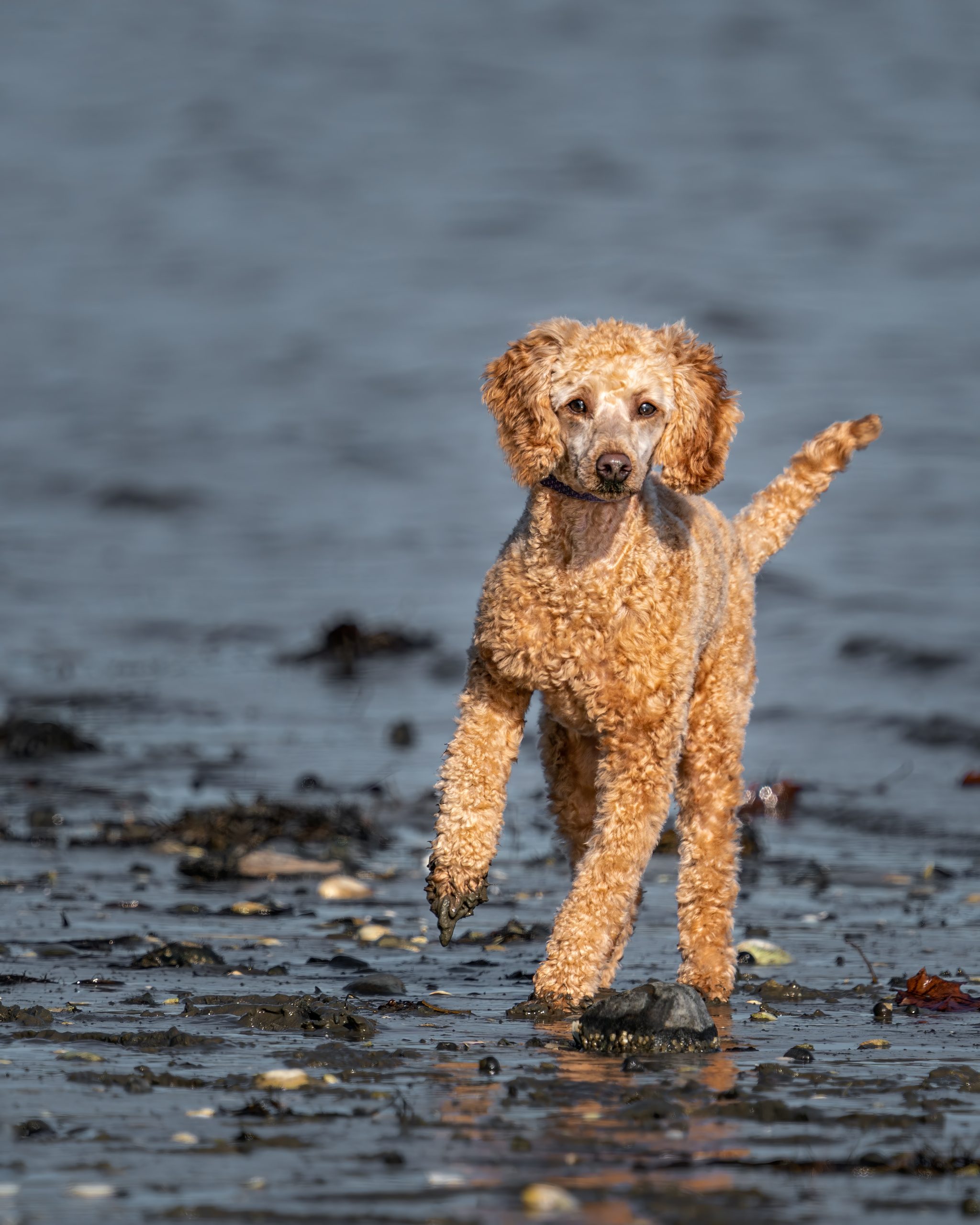The American Water Spaniel is a happy, active outdoor dog that enjoys swimming and hunting. It is a native of the upper Midwest lake country. They are reputed to be cheerful, enthusiastic, and endearing, albeit reserved with strangers and a little headstrong. American Water Spaniels are powerful mid-sized gundogs who are not very showy in appearance or behavior. They can be identified by their lush brown coat, which is either tightly curled or wavy. These spaniels were bred to work the frigid waters and marshy banks of the Great Lakes region, and they are well-suited for the task thanks to their thick, waterproof coat, heavily cushioned feet, webbed toes, and petite bodies that allow them to hop into and out of skiffs without wobbling. Admirers of the breed describe it as a happy, bright, and adaptable spaniel that is suitable for a number of dog activities. They blend the hunting abilities of retrievers and spaniels. Activity is the key to an American Water Spaniel’s happiness, especially when it involves its beloved owner. A dog with little work might be noisy and naughty.






 Health
Health Grooming
Grooming Exercise
Exercise Training
Training Nutrition
Nutrition